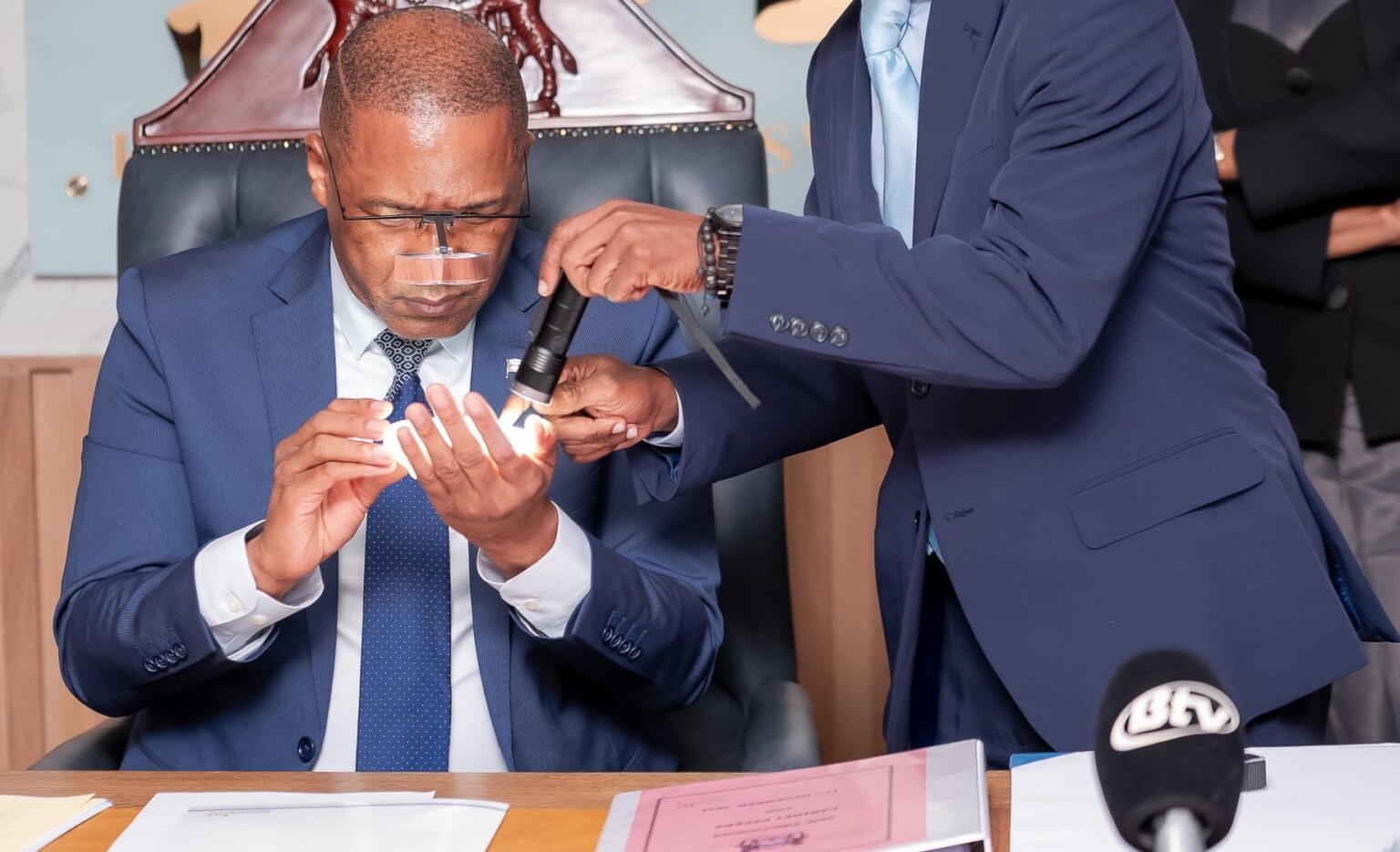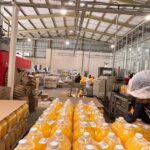Botswana, the world’s second-largest diamond producer, is at a critical crossroads as global diamond giant De Beers faces one of its worst years in recent memory. De Beers, which plays a pivotal role in Botswana’s economy, is reportedly sitting on a staggering $2 billion worth of diamonds due to plummeting demand for natural gems. This inventory pile-up, the largest since the 2008 financial crisis, has raised questions about the future of the diamond industry and Botswana’s reliance on it.
A Tough Year for Diamonds
De Beers Chief Executive, Al Cook, acknowledged the challenging environment, calling 2024 “a bad year for rough diamond sales.” A shift in consumer behavior, rising popularity of lab-grown diamonds, and economic uncertainty in key markets like China and the United States have all contributed to waning demand. This slump has not only affected De Beers but also cast a shadow over Botswana’s diamond-dependent economy.
Botswana’s Economic Reliance on Diamonds
Botswana’s economy is deeply intertwined with its diamond industry, largely through its partnership with De Beers. The Debswana Diamond Company, a 50-50 joint venture between De Beers and the Botswana government, produces approximately 70% of Botswana’s export revenue and accounts for a significant portion of its GDP. Currently, 75% of Debswana’s diamond output is sold to De Beers, but a recent agreement aims to gradually increase Botswana’s share of the diamonds to 50% over the next decade.
With diamonds serving as the backbone of Botswana’s economy, the slump in global demand poses significant risks. The government, under newly inaugurated President Duma Boko, faces the challenge of navigating this crisis while negotiating a new diamond sales agreement with De Beers.
Negotiations in the Spotlight
De Beers and the Botswana government are reportedly nearing the conclusion of negotiations on a new diamond sales pact. Al Cook expressed optimism, stating that talks were likely to wrap up “in days and weeks, not months and years.” The outcome of these negotiations is critical for Botswana, as it seeks to secure a larger share of diamond revenues to support its development goals.
The new agreement, which was initially announced last year, aims to rebalance the partnership by gradually increasing Botswana’s share of diamonds from the Debswana joint venture. While this move could bolster Botswana’s long-term economic stability, it also places pressure on De Beers to navigate the current market slump and maintain profitability.
The Broader Picture
The diamond industry’s challenges are not confined to Botswana and De Beers. Across the globe, diamond producers are grappling with shifting consumer preferences, the rise of lab-grown diamonds, and economic headwinds. For Botswana, the crisis underscores the need for economic diversification. While diamonds have fueled decades of growth, the current slump highlights the risks of over-reliance on a single commodity.
President Boko’s administration faces a daunting task: securing favorable terms in the ongoing negotiations while addressing the broader economic implications of declining diamond demand. The stakes are high, as the outcome could shape Botswana’s economic trajectory for years to come.
A Turning Point
As negotiations near their conclusion, Botswana is at a turning point. The diamond industry, once a symbol of the country’s success, now represents both an opportunity and a risk. Whether the government and De Beers can adapt to the new market realities will determine the future of their partnership—and Botswana’s economy. For now, all eyes are on the outcome of the negotiations, which could redefine the diamond industry in Botswana and beyond.






